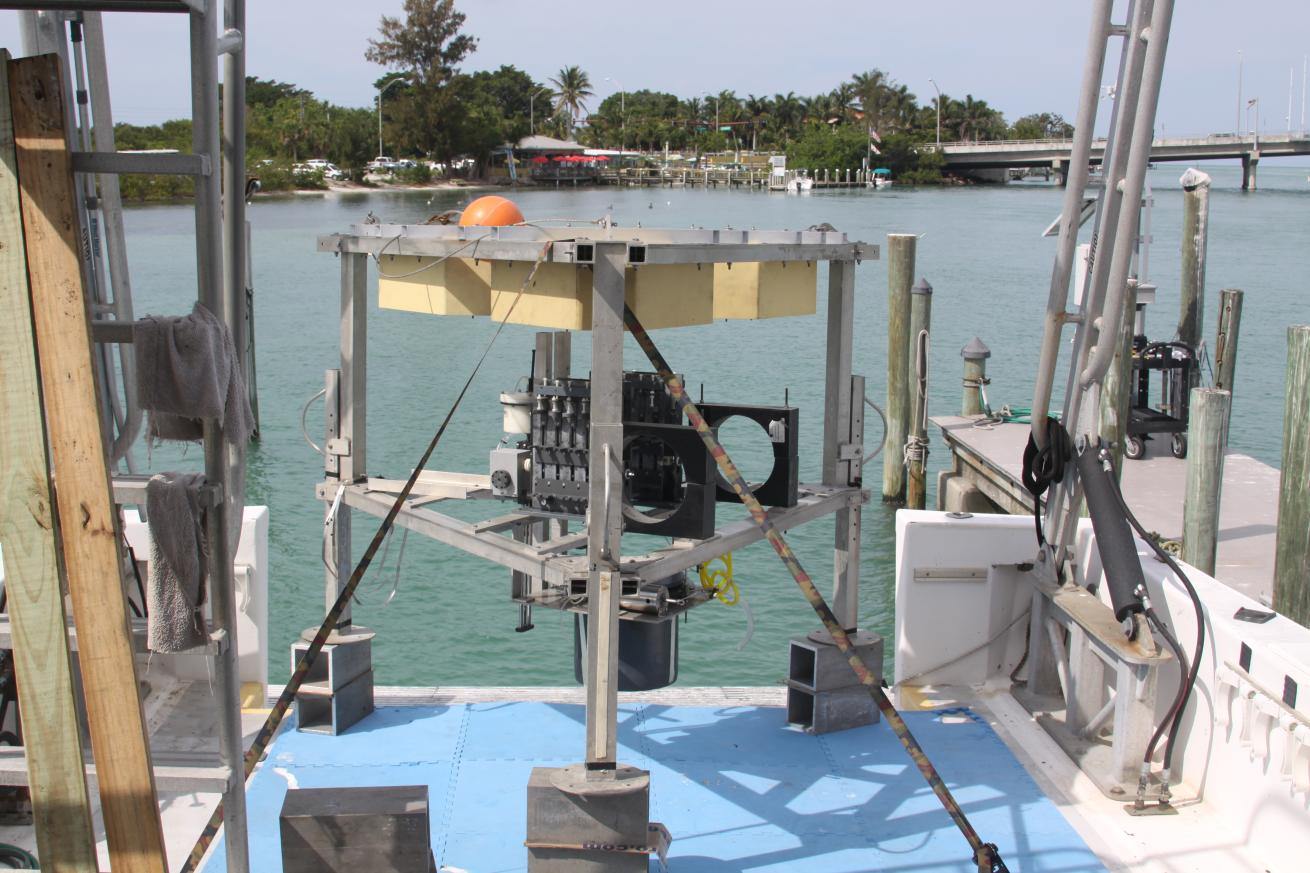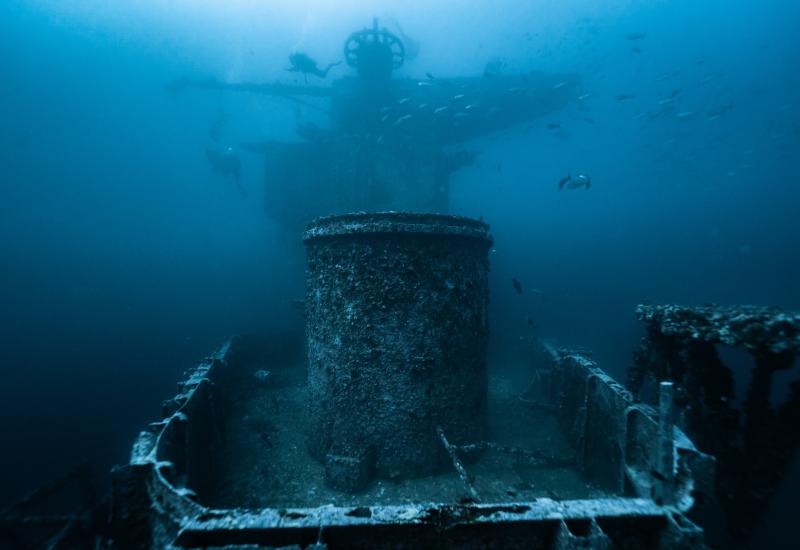Researchers to Explore 425-Foot-Deep ‘Blue Hole’ Off Florida Coast
Scientists and deep-sea explorers are preparing for an investigation of a “blue hole” that has been found off Florida’s Gulf Coast.
The mysterious indentation in the seafloor is 30 miles off the coast of Sarasota. Starting at 155 below the surface, it is about 425 feet deep. According to the National Oceanic and Atmospheric Administration (NOAA), the site is known as the “Green Banana.”
Oceanic blue holes are essentially underwater sinkholes. They can be a unique oasis for biodiversity, providing a haven for corals, sea turtles, sharks, and other marine species.
Most of the region’s holes are found by curious divers or fishermen who frequent the Gulf of Mexico. Jim Culter, a senior scientist and program manager at Mote Marine Laboratory, told CBS News that he began looking for blue holes in the mid-1990s and has since confirmed about 20 holes in the area. He suspects there are at least 60 of these environments off the coast of Florida.

Courtesy Mote Marine Laboratory and AquariumThe view of a diver looking up through the opening of Amberjack Hole.
"You always want to go down a little bit more. Every square foot it's like, 'I wonder what's down deeper and deeper,'" Culter says. "It is exciting to get to go to someplace where you're pretty sure no one else has been."
The exploratory mission is part of a three-year NOAA study to learn more about blue holes. The Green Banana investigation is kicking off in August 2020 and conclude in 2021. It will be conducted by a team of scientists from Mote Marine Laboratory, Florida Atlantic University, Georgia Institute of Technology and the U.S. Geological Society.

Courtesy Mote Marine Laboratory and AquariumThis benthic lander, designed to study Amberjack Hole, collects data at the bottom of the whole for extended periods of time.
Last year, scientists studied another blue hole off Florida’s west coast, a site 350 feet deep called Amberjack. While documenting the hole’s rim and bottom sediment, divers came across the remains of two endangered smalltooth sawfish.
Beyond measuring abundance ocean life, scientists are also looking for answers about whether blue holes are connected to Florida’s elaborate groundwater system, whether blue holes produce nutrients that affect their surrounding areas, and whether these habitats harbor microenvironments that bear undiscovered microbes.
Related:









